
Henri Bergson, the Nobel Prize winner in 1927 for literature, wrote in 1899 an absolute masterpiece Le Rire (The Laugh). Because this opera was written so long ago, it represents the essence of comic in our society. Cinema, like every “major art”, is the perfect vehicle for representing these types of ideas. Bergson tried to focus on theatrical characters but his work could be easily “translated” in cinematic language.
This list ponders on 15 movies, which can adapt themselves to Bergson’s theories on laughing. Obviously, there is an endless “tacit” list of films that could be adapted to those philosophical statements. Bergson was the typical thinker who “hates” to reduce the world to its single components; he was something of an “anti-analytical” (his philosophy was condemned by various rationalists, Julien Benda in primis).
But cinema, far from being a geometrical theorem, reflects Bergson’s ideas on those who have read them. To be much more solid: what are those theories? First of all, we could laugh solely at human characteristics (for example: landscapes are not comic and animals are comic only in their human-like behaviors).
Secondly, we need insensibility to really laugh, to be morally rigid in front of someone else. Consequently, we need to use only our reason and to let our hearts remain silent. From this situation we can understand that what is comic is our rigidity, in particular the mechanical movements (physical but also mental) in human activity.
For Bergson, every automatism and spiritual rigidity reflects insensibility, and the principal consequence of this situation is an opposition between grace and rigidity far more than beauty and ugliness; the comedy locates this contrast inside society.
So, what is particularly comic are human defects (or excesses) in a sort of ethical field. Rigidity, on the other hand, permits us to focus not toward acts but toward gestures; actions are conscious, gestures are not, they’re automatic. The cause of laughing, in a comic character, is the incapacity to watch inside and outside the self; it is pure spiritual blindness. Bergson’s perspective on art is based on a certain dose of idealism, which permits us to abandon every concept of usefulness and material convection.
Bergson defines in his book laughable characteristics in human behavior (like vanity and avarice) and why we find absurdities so comic (because they follow the same logic of dreams: they reflects our imaginations in external world). What this exceptional author tries to say is, if laughing requires moral insensibility, then laughing is not only innocent; it is a sort of social revenge, which shows a basis of wickedness.
Bergson explains poetically what laugh’s character is: “Therefore waves agitate ceaselessly to sea’s surface while in inferior layers there is deep peace. Waves encounter, hit, overlap, trying to balance themselves, a white foam, light and gay, crowns unsteady contours. Sometimes the escaping swell abandons a little bit of foam on the sand of the beach. The boy that plays not too far, he runs for picking it on his fist, but after a while he’s surprised to not have other than some water drop in his cupped hand, of a water saltier and bitter than wave’s that scattered in the sand. The laugh is born like this foam: it announces to the outside of social life the superficial revolts and it draws immediately the movable shape: it is a salt based foam too; and like the foam shines. The philosopher that gathers it to savor it, he finds sometimes a big dose of bitterness in so tiny substance.”
15. Ace Ventura: Pet Detective (Tom Shadyac, 1994)
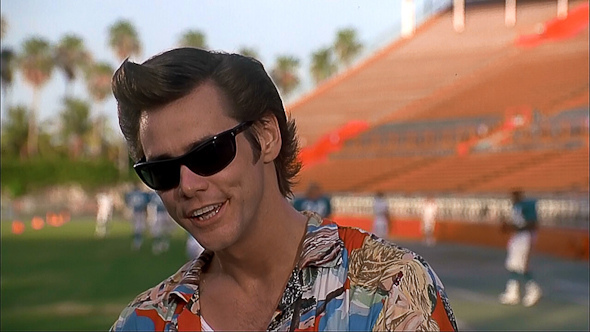
Jim Carrey plays this crazy “pet detective” named Ace Ventura; thanks to his hilarious facial mimicry, he’s able to cause a lot of laughing. Obviously this kind of laughing is not intelligence-based; it is something merely physical. There’s also an ironic use of words but what impresses in this film is certainly the “idiotic” performance of the main character, where his gestures, movements and expressions become the central point of viewer attention.
Surely Ace Ventura has a moral background (possibly a very simple one), but when we focus on his comic side, we focus on an ironic robot that stimulates our intelligence more than our soul. Using Bergson’s words: “At this point we need to do an important distinction: when we talk of beauty or expressive ugliness, when we say that a physiognomy is expressive, probably we are in front of a stable expression, that we imagine mobile. It keeps in its fixity indecision where it is drawn, confusingly, every possible graduation of mood it expresses: so the warm day’s promises we breath in some vaporous springtime mornings. But a comic facial expression is the same that it’s not promising more than what it gives. It is a unique and definitive grimace. It seems that the whole moral life of the person was crystallized.”
14. A Serious Man (Joel and Ethan Coen, 2009)
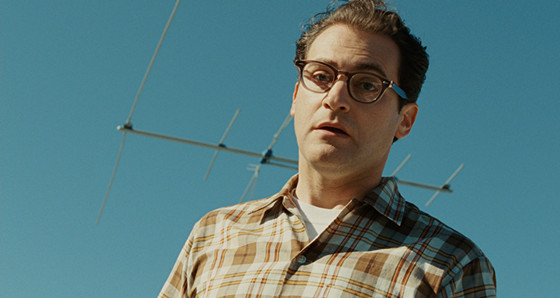
Completely different from ordinary is the kind of comicality showed by the Coen brothers. The bittersweet sensation left after watching this film is absolutely astonishing. In this situation, the spectator takes the part in society; the main character is completely at the mercy of society.
In Bergson’s comic theory, it is the “puppet effect”: “It is comic every disposition of acts and happenings, inserted one in the other, that gives us life’s illusion and the decisive sensation of a mechanical order.”
Larry (Michael Stuhlbarg), the protagonist, gives the spectator the sensation of being a puppet, or better, a victim. He tries to search for spiritual healing through Yiddish rabbis, but the result is something like Job’s story revival. Existential problems seem to take command over Larry’s life in his moments of weakness.
13. Love and Death (Woody Allen, 1975)
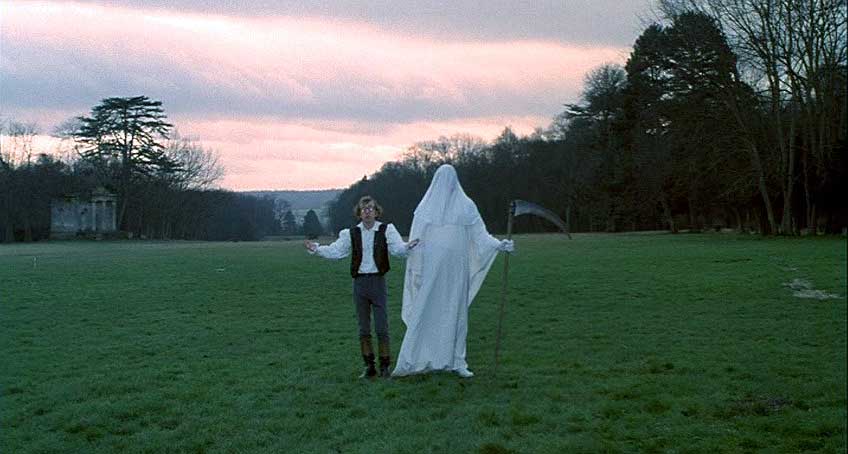
Woody Allen has always showed a language based on comicality and this movie is no different from his canon; on the contrary, it draws the same canon perfectly. “Love and Death” is an ironic story, similar to the novels of Dostoevsky and Tolstoy, where the continuous references to moral diatribes, philosophies and literature let the viewer laugh.
Bergson insists on the mechanical nature of a comic phrase where distraction plays the part of the leader. Allen’s cinema is characterized by use of metaphors, calembour, inversion, degradation and whatever human language permits for comic use.
But Allen is capable of passing from irony to humor with exceptional ability, and this film show this perfectly. “The more general of this oppositions is, probably, the real-ideal, of what is to what should be. Also, here the transposition could be in two inverse directions: it will be announced what should be, assuming to believe that is precisely what is, and thus consist irony – on the contrary it will be described minutely and scrupulously what is, believing that it is so that things should be; often in that way proceeds humor.”
12. The Adventures of Baron Munchausen (Terry Gilliam, 1988)
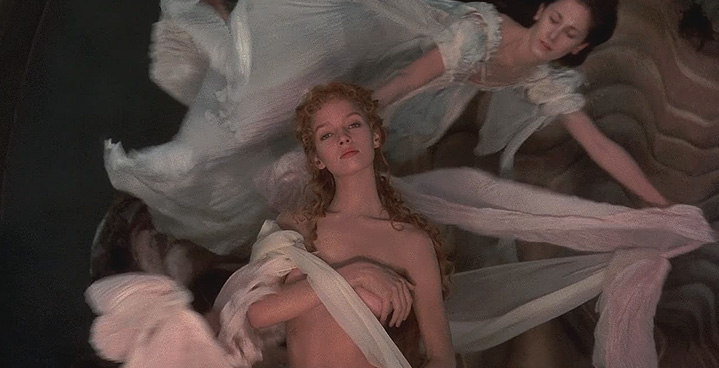
Terry Gilliam has taken from classic comedy many different techniques like inversion, exaggeration, degradation, interference, and irony, and with his transposition of “The Adventures of Baron Munchausen”, he summarized his entire concept of cinema. There is a kind of burlesque-like ambience, an incredible amount of fantastic impossibilities, and a general sensation of joy in every adventure that this Baron lives.
Another Le Rire passage that could be a link to this movie is the contraposition between action and gestures; where the first one is willful, dramatic and with a spiritual grace, the second one is mechanical, comic and oafish. “The Adventures of Baron Munchausen” is a patchwork of different tones and types of comedy, but mainly it is an ironic look at the entire concept of “adventure”, almost in a mythological way.
11. Decameron (Pier Paolo Pasolini, 1971)
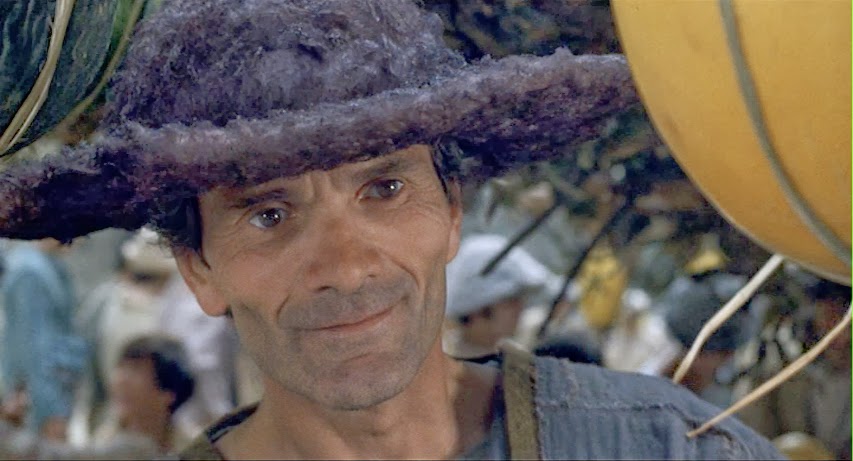
This is a classic of western comedy transposed in cinema’s language by another literature genius like Pasolini. In this situation it is more like that: “Decameron” has established the comic canon much more than Bergson’s Le Rire. Curiously, the film’s characters each reflect a certain human behavior in over-abundance.
When man has a particular spiritual defect in excess, it becomes ridiculous. Bergson quotes, for example, the theatre’s classics of 17th century France like Corneille, Moliere and Racine. Pasolini was able to represent ideal characters without contrast to the original opera, but on the contrary, he maintained the realistic backstage that constitutes the Boccaccio’s “Decameron”.
Using Bergson’s words, Pasolini has followed a certain regard: “Surely art is nothing but a more direct vision to reality: but this purity of perception implies a breakdown with a useful convention, an innate disinterest and specially localized of conscience’s sense, at last a certain immateriality of life that it is what has always been called idealism. So that you could say, without playing in any way with the sense of the words, that realism is in the opera when idealism is in the soul, and that only by dint of ideality it resumes contact with reality.”
10. Le Cage aux Folles (Edouard Molinaro, 1978)
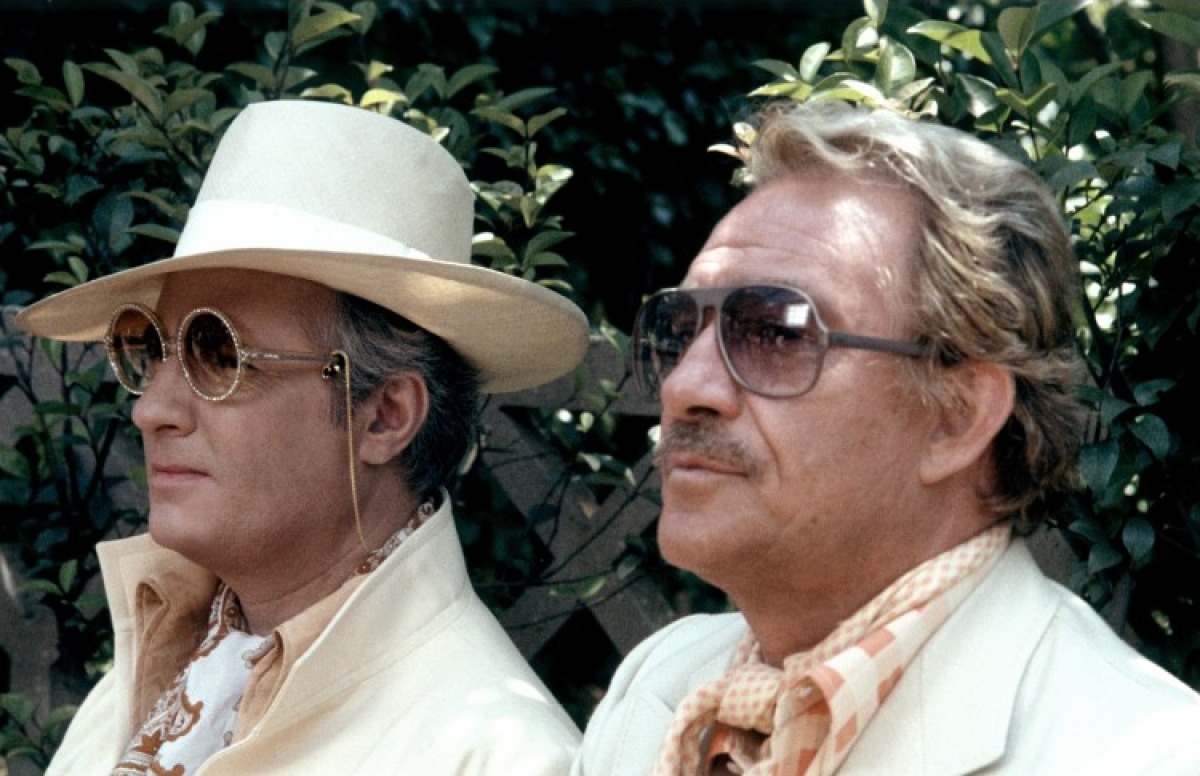
The plot of this film is based on the marriage of man with the daughter of a powerful conservative politician. Unfortunately, this man has a gay father who lives with another man, and they try to hide this “little” information to permit to their son to marry his loved one. This masterpiece could be seen as an example of Bergson’s theory on “masking”.
For the great French philosopher, there is a contraposition of imagination’s logic against reason’s logic. “Le Cage aux Folles” is based on exaggerations of gay types only to obtain a comic caricature, and aside from this, the spectator could easily see that also the spirit of the two main characters is overloaded, as well as the society that tries to condemn them.
The masquerade-like sensation, both physical and spiritual, is constant, but incredibly well sustained. “A man that masks himself is comic. A man that we believe he is masked will be comic. By extension, every kind of travesty becomes comic, not only the man’s one, but, equally, society, and also the nature’s one.”
9. As Good as It Gets (James L. Brooks, 1997)
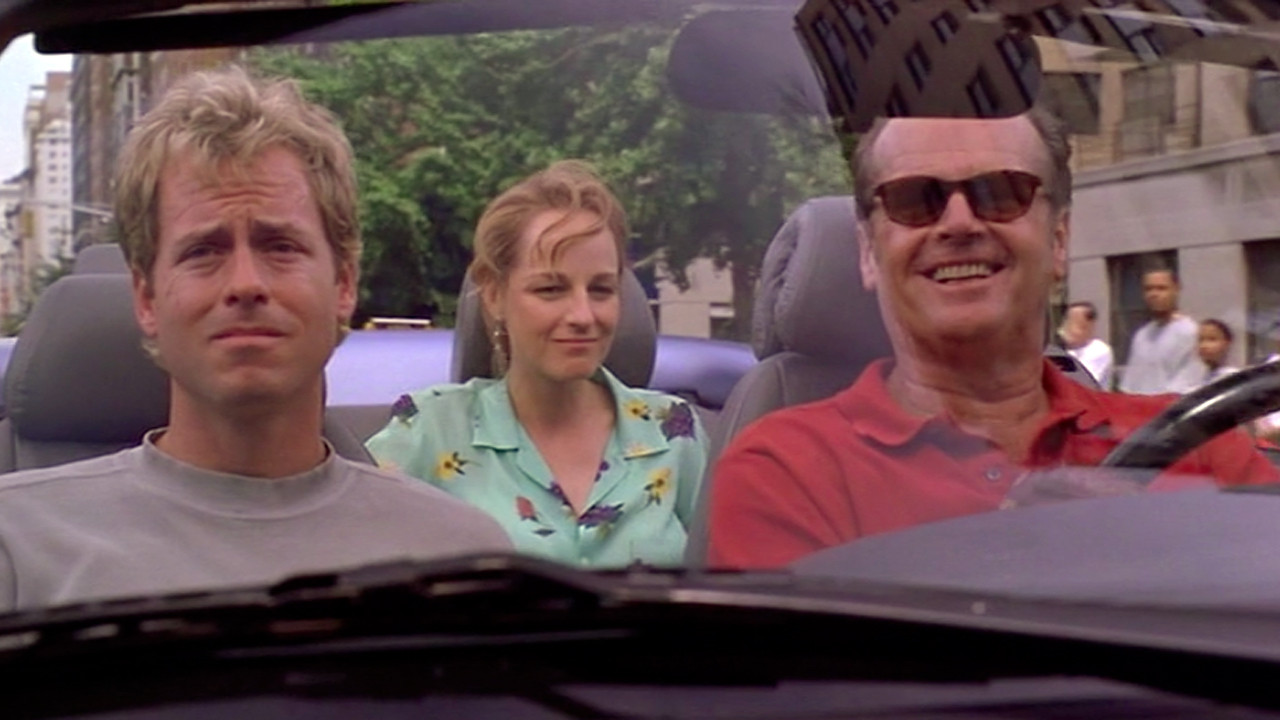
This movie shows another interesting comic aspect in Bergson’s perspective; the role of mental rigidity. “Society and life demand from each one of us a constantly awaken attention, that discerns the situation’s contours of every moment and also a certain elasticity of the body and of the spirit that let us be able to adapt it. Tension and elasticity, here is two complementary forces that life puts at stake.”
The plot of this movie revolves around the life of a crazy writer, who is completely indifferent from the problems of other people’s lives. This crazy protagonist, masterly played by Jack Nicholson, starts to exit from his literary enclosure and becomes less rigid after time, thanks to a woman. The spectator fronts a spiritual change from a rigid kind of life where we can laugh this rigidity, to an elastic kind, where the protagonist becomes able to really laugh.
Using Bergson’s words: “Every rigidity of personality, of spirit and also of body, hence, will be suspected by society, because it is the possible sign of an activity that falls asleep and also of an activity that isolates itself, that it tends to move out of the common center around which society revolves, of eccentricity, at the end.”